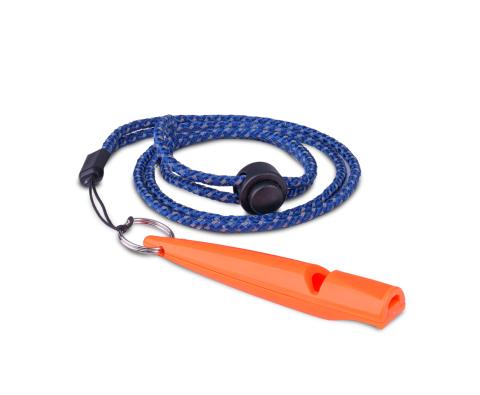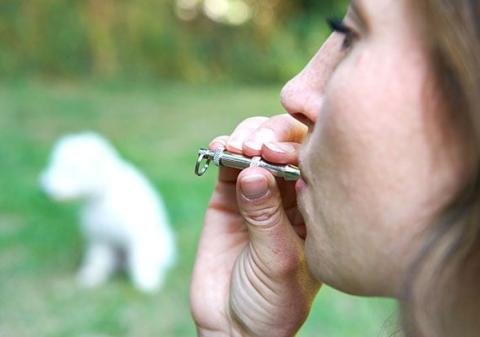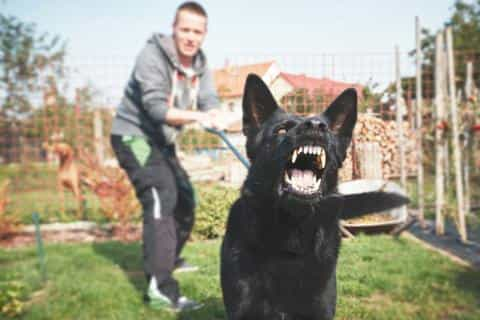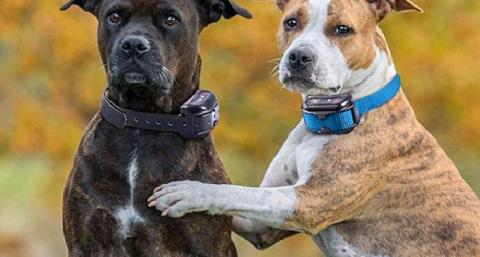
Published on October 15 by Olivia
Training your dog can be a rewarding yet challenging experience. One effective method that has gained popularity among dog trainers is the use of a whistle. Whistles can help improve communication, enhance recall, and create a more structured training environment. In this article, we’ll explore the benefits of using a whistle for dog training, how to get started, and tips for success.
A whistle provides a consistent sound that is easy for dogs to recognize, regardless of background noise. This uniformity helps reinforce commands and cues.
Whistles can carry over long distances, making them useful for recall training in open spaces. This is particularly beneficial for dogs that may be distracted by their surroundings.
Using a whistle can help create a clear line of communication between you and your dog. It’s especially useful in distracting environments where verbal commands might not be heard.
Training with a whistle can reduce strain on your vocal cords, allowing for longer training sessions without discomfort.

If you have more than one dog, a whistle can help you communicate commands to each dog without shouting or confusing them.
Select a whistle that produces a sound frequency that your dog can easily hear. Most dogs respond well to high-pitched whistles, but you may want to test a few options to see what works best for your dog.
Begin by associating the sound of the whistle with something positive. Here’s how to do it:
Once your dog has a good association with the whistle, you can start incorporating it into your training. Use the whistle as a cue for specific commands:
Consistent practice is key to successful training. Incorporate whistle commands into your daily routine, and gradually increase distractions to strengthen your dog’s response.

Consider using different whistle patterns for various commands. For example, a short whistle can signal "come," while a longer whistle might mean "sit." This helps your dog differentiate between commands.
Training takes time, so be patient with your dog. Always use positive reinforcement techniques, rewarding good behavior with treats, praise, or playtime.
Once your dog reliably responds to the whistle in a quiet environment, gradually introduce distractions. This will help them learn to focus and respond to your commands in various situations.
Consistency is crucial in dog training. Use the same whistle sounds and commands each time to help your dog understand what you expect.
Vary your training environments to help your dog generalize their understanding of the whistle commands. This can include your backyard, local parks, or even busy areas.
Using a whistle for dog training can be a highly effective way to enhance communication and strengthen your bond with your dog. With patience, consistency, and positive reinforcement, you can teach your dog to respond reliably to whistle commands. Whether you’re working on recall, obedience, or other behaviors, a whistle can be a valuable tool in your training arsenal. Enjoy the process, and watch as your dog learns to respond with enthusiasm to their new cues!
Discover More Content





